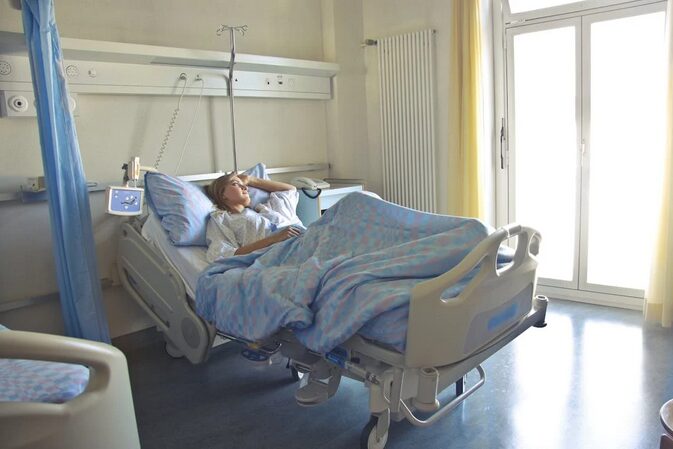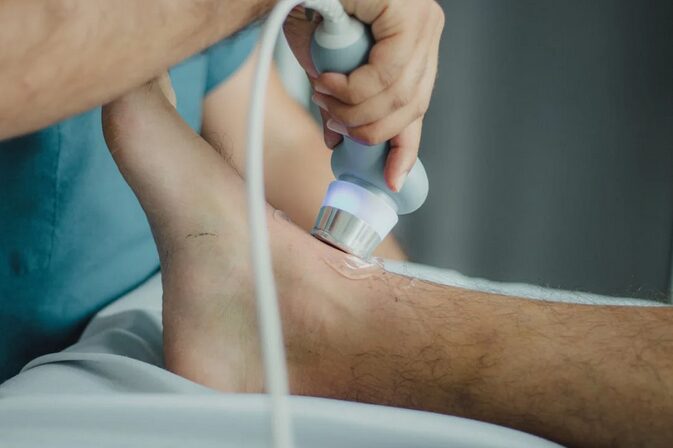Colorectal surgery often carries unnecessary fear and misunderstanding. Many people postpone treatment due to myths that cause anxiety and hesitation. However, modern procedures are far safer, faster, and more comfortable than ever before. Whether you’re exploring preventive care or considering treatment, learning the facts is essential. For individuals preparing for a colonoscopy, accurate information can make the process smoother and help reduce anxiety surrounding diagnosis or surgical intervention. Understanding the truth about colorectal surgery empowers patients to make confident, informed choices about their digestive health. Below, we break down common misconceptions about colorectal surgery and replace them with factual insights that promote clarity, confidence, and comfort.
Colorectal Surgery Is Always Painful and Risky
Many believe colorectal surgery automatically involves severe pain and high risk, but that idea belongs to the past. Today’s surgeons use advanced laparoscopic and robotic-assisted techniques that minimize incisions, shorten recovery, and reduce discomfort significantly. These technologies allow surgeons to operate with great precision while preserving surrounding tissues. Anesthesia has also advanced remarkably, providing smooth sedation and improved post-surgery comfort. Most patients describe the experience as far less painful than expected, often returning home the same or next day for minor procedures. The combination of medical innovation and careful patient monitoring ensures both safety and comfort are maintained at all times.
Surgery Is Only for Cancer Cases

Another widespread misconception is that colorectal surgery is exclusively performed for cancer treatment. In truth, colorectal surgeons treat a broad range of conditions, including diverticulitis, inflammatory bowel disease (IBD), polyps, rectal prolapse, and severe hemorrhoids. Some surgeries are even preventive, removing precancerous growths before they pose any danger. Others focus on restoring normal bowel function or addressing chronic pain. By viewing colorectal surgery as part of comprehensive digestive care, patients can understand that it is not always a last resort—it’s often a step toward restoring long-term wellness.
Colorectal Surgery Always Leads to a Stoma (Colostomy Bag)
Perhaps the most persistent myth is that all colorectal surgeries result in a permanent stoma—a bag used to collect waste. In reality, this is required in only a small percentage of cases, often temporary, to allow the bowel to heal properly before reconnection. Surgeons today strive to preserve natural bowel function whenever possible. Even when a stoma is necessary, many patients find that modern stoma appliances are discreet, comfortable, and allow them to continue daily life with confidence. Education and support from colorectal care teams also help patients adjust smoothly to any short-term changes.
Recovery Takes Months of Bed Rest

One of the main fears patients express is that surgery will confine them to bed for months. However, with minimally invasive methods, most recoveries are faster than many expect. Patients often begin walking within 24 hours and resume normal activities in a matter of days, depending on the complexity of their procedure. Early movement and guided rehabilitation have proven to speed up healing while preventing complications like infection or blood clots. Surgeons now focus on enhancing recovery through personalized care plans, pain management strategies, and post-surgery nutrition guidance. These combined approaches make lengthy downtime the exception rather than the rule.
Only Older Adults Need Colorectal Surgery
Colorectal conditions can affect individuals at any age. While risk does increase with age, younger adults are also susceptible—especially with factors like family history, poor diet, sedentary habits, or chronic digestive issues. Waiting until older age to consider screening or treatment can be dangerous. Surgeons increasingly emphasize the importance of early evaluation and lifestyle awareness. Regular checkups and screenings allow detection of issues before they become serious, potentially avoiding surgery altogether. Addressing symptoms early leads to more manageable treatments and greatly improved outcomes.
Colorectal surgery has evolved into an exact and patient-friendly practice driven by technological and medical progress. The outdated assumptions of pain, long recovery, and unavoidable complications no longer reflect reality. Today’s treatments focus on safety, efficiency, and comfort, giving patients reassurance through every stage of care. Understanding the truth behind these misconceptions helps people approach colorectal health with confidence—making early consultation and timely intervention the smartest choices for long-term wellness.…














